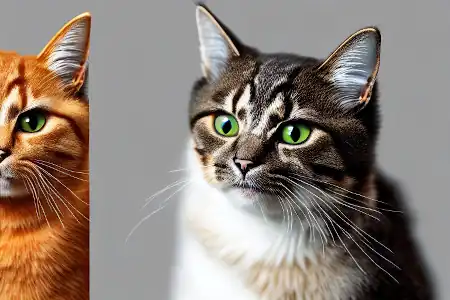Neural networks are popular for image processing in today’s world. It can produce images as the output layer in a machine learning model. The output layer has all the desired features that you want in your image. Once you learn how to do it, there are endless possibilities for outputting an image through a convolutional neural network (CNN).
A neural network can output an image by training an image recognition network and running it in reverse. It can also use two images with distinct styles and produce a single output having the same features as both input images. The best option for image output is a CNN that provides less complexity and high-quality output.
If you want to learn everything about using a neural network to output an image, you are in the right place. Let’s dive into the details!
Output an Image Using a Neural Network
Table of Contents
Deep learning produces amazing results for image processing in ways that are still active areas of research. Understanding how you can output an image using a neural network is important but requires knowing a bit about how CNNs work on the inside.
Think of it in this way: outputting an image is the same as taking an image classifier (i.e. a network that recognizes images), and running it in reverse. [1]
Recently, a technique known as Stable Diffusion takes this idea to the extreme and outputs an image based on an English phrase used as the input. It starts with random noise and works backward until the desired image is generated.
Importance of Image Classification for Outputting an Image
In image classification, images are categorized separately based on distinct features.
These features allow your computer to understand that a cat is a cat even if the picture of the cat is taken from the back, side, bottom, or top. Edges, pixel values, pixel intensity, etc. all are considered distinct features of an image. [2]
To the human eye, three pictures of the same person are the same. But when it is converted into data, the computer can have issues categorizing the images as the same person.
This is where pixels and pixel intensity come in handy. Information like this allows the computer to recognize every feature and categorize images correctly.
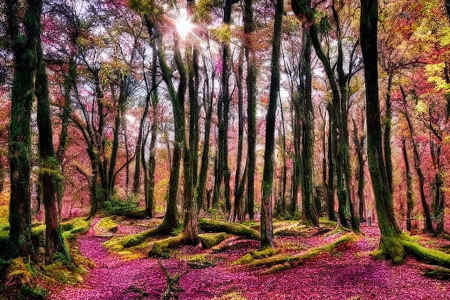
Best Neural Network for Outputting an Image
After knowing that you can output an image in a neural network, you must be wondering which neural network is the best for this job. The best neural network for image processing and classification is a Convolutional Neural Network.
The primary reason this type of network is so popular is that it allows the network to separate the image recognition process into different levels of abstraction. At the smallest level, a group of pixels might form an edge or line. [3]
At the next level, a group of lines and edges might form a shape. At the level after that, the shapes might form a wheel. At the highest levels, the wheels, lights, license plate, and windshield might form a car! The separation of image recognition into these levels simplifies the task greatly.
One of the earliest popular models that used this technique is called the VGG network. Check out my post all about VGG and its uses!
Numerous other reasons make this type of network the best for images. Let’s learn about them all!
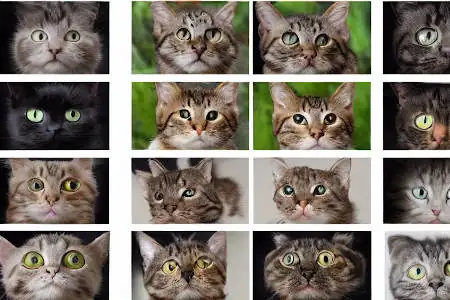
Best Quality of the Model
In a CNN, the number of parameters is less than in other network types. Despite this, the quality of the model remains phenomenal. A smaller number of parameters means that the model doesn’t require too much data to train.
Too many parameters in a neural network make the training computationally difficult and heavy. It can take a lot of time to complete and require an unreasonable amount of collected training data. [4]
You won’t need to feed a lot of input to the model for it to understand all the parameters. Primarily this is because the CNN allows for different features to be abstracted at different levels of the model.
When it comes to outputting an image, the image recognition network can simply be run in reverse once the network is trained. The category of ‘cat’ produces an image based on the information the network learned in recognizing cats.
Automatic Detection
A CNN doesn’t require any human supervision to detect key features in an image. It works on its own with unsupervised learning and finds out the important features of an image.
In short, you can easily feed images to a CNN and it will detect the key features and get you an amazing output after the training phase.
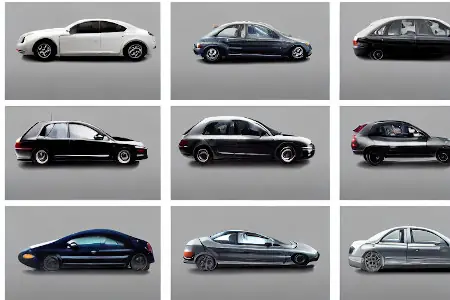
Reduced Dimensionality
As discussed earlier, the separate layers of abstraction give a CNN reduced dimensionality saving a lot of time and storage space. The complexity of the model is reduced by making the training phase easy for the network.
Other techniques like using pooling layers can reduce the dimensionality of the data further and produce better results using smaller training sets.
If you want to learn more about CNN training techniques, check out my post on using Dropout!
Moreover, parameter interpretation becomes more accurate when the dimensions are low. Non-essential features are removed when the dimensionality is reduced.
How Does CNN Output an Image?
The three steps of a CNN to output an image are:
- Input
- Feature Learning
- Classification
There are several different steps involved in each of the steps mentioned above. So, let’s find out in detail how CNN outputs an image.
Input
First of all, we feed data to the model so that it can start training and give us the output. The data depends upon our choice and our task.
In general, as many images as possible are needed to train the network to recognize the images that we would like to produce. For example, if a network were shown many images of dogs and was asked to generate a cat picture it would not do very well.
The training data should contain different angles and crops of the image being classified. Sometimes, this can be improved using a technique called Data Augmentation. If you want to learn all about this technique, check out my Data Augmentation post!
Feature Learning
Now the task of the CNN is to learn the different features of the images fed to it. For this purpose, each convolutional layer operates on the outputs of the layers below it in the model. This allows higher-level layers to learn higher-level features and adjust the weights appropriately.
Between convolutional layers, a pooling layer is usually added to the model for down-sampling and to reduce the complexity of the network. For image processing, max pooling or average pooling is usually used.
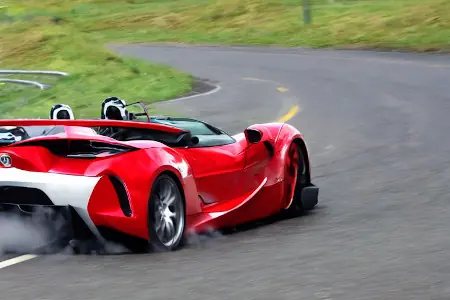
Classification
Finally, the output layers perform classification. The image is flattened so that an artificial neural network can separate the features into categories.
Frequently Asked Questions
Final Thoughts
Now that you know all about image processing and outputting an image using a neural network. You can make your own images using different categories.
Don’t think that a neural network can output an image? All of the images for this post were produced using neural networks!
CNNs are the best neural network for this purpose due to their wide range of features that reduces the complexity of the model.
You can use different images as input and get a single output having features of both images. This is called a style transfer. Check out my post about style transfers if you want to learn more!
There are endless possibilities in deep learning for outputting an image. It can be a hard job but once you learn to master this art, you won’t want to stop!
Get Notified When We Publish Similar Articles
References
- “A Neural Algorithm of Artistic Style.” Gatys et. al., Werner Reichardt Centre for Integrative Neuroscience, 2 September 2015, https://arxiv.org/pdf/1508.06576.pdf
- “Interactive Video Stylization Using Few-Shot Patch-Based Training.” Texler et. al., Czech Technical University in Prague, 29 April 2020, https://arxiv.org/pdf/2004.14489.pdf
- “VERY DEEP CONVOLUTIONAL NETWORKS FOR LARGE-SCALE IMAGE RECOGNITION.” Simonyan et. al., Visual Geometry Group, University of Oxford, 10 April 2015, https://arxiv.org/pdf/1409.1556.pdf
- Krizhevsky, Alex, Ilya Sutskever, and Geoffrey E. Hinton. “Imagenet classification with deep convolutional neural networks.” Advances in neural information processing systems 25 (2012), https://proceedings.neurips.cc/paper/2012/file/c399862d3b9d6b76c8436e924a68c45b-Paper.pdf

